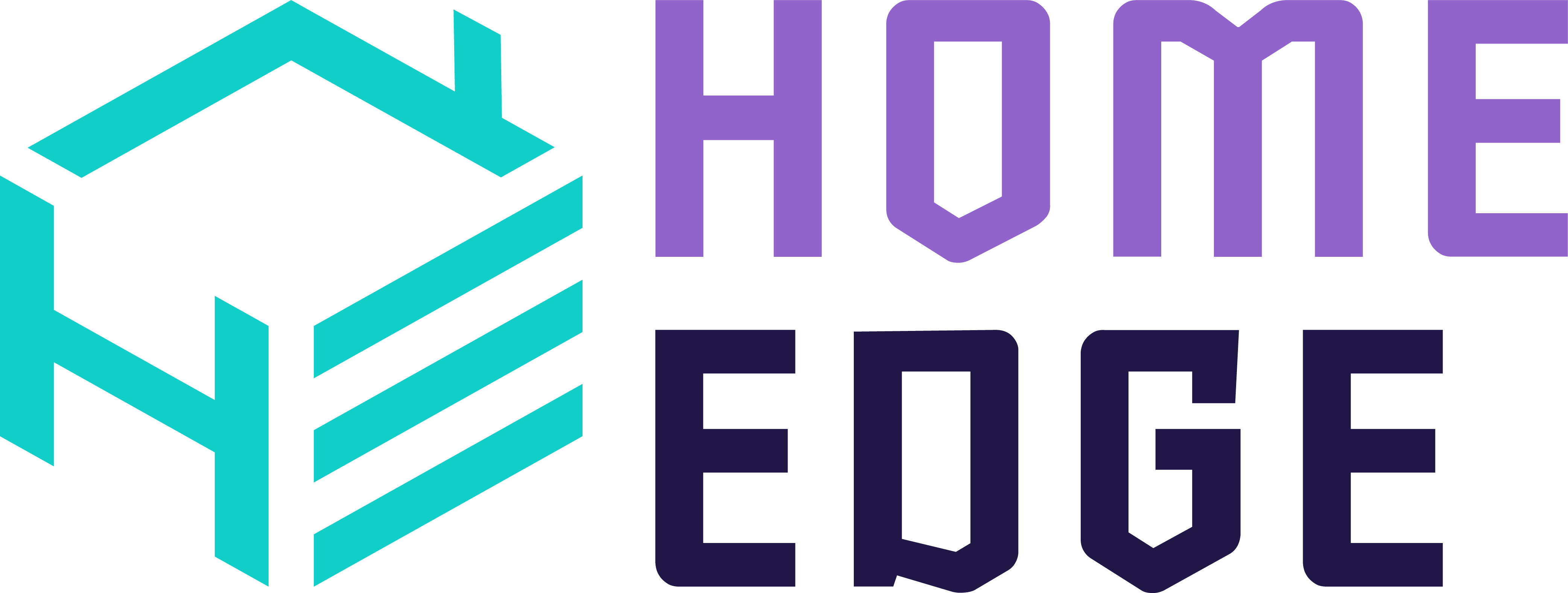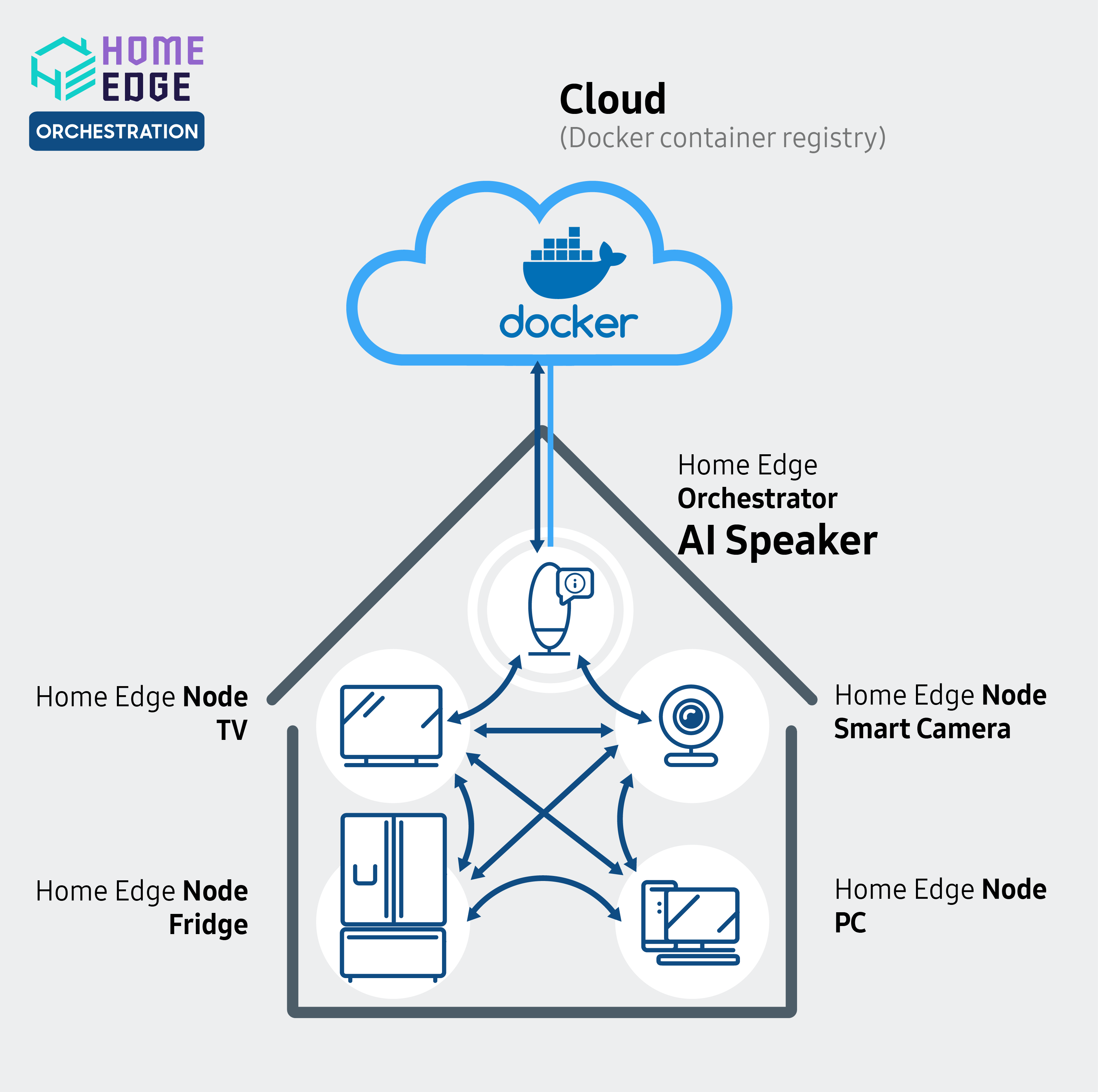Help Us Improve the Wiki
This Wiki is owned by the Home Edge Community. Contributions are always welcomed to help make it better!
In upper right, select Log In. You will need a Linux Foundation Account (can be created at https://identity.linuxfoundation.org/) to log-in. For a Wiki tutorial, please see Confluence Overview. Thank you!
Welcome to the Home Edge Project!
Home Edge : Drivers & Enablers
Drivers
- Smart Home products are now mainstream and need common API, gateway, UI, and lifecycle management.
- AI technologies enabling learning and lifestyle/safety prediction requires local but connected edge computing.
- Real time/low latency requirements increasing as safety, natural disasters and home health become mainstream beyond telecom "triple play".
- Data storage and data privacy increasingly important and require sensitive data closer to home/user.
Smart Home has a great potential to enable new business apps through home edge computing.
Introducing Home Edge Project
Home Edge Project, the seed codes will be contributed by Samsung Electronics, concentrates on driving and enabling a robust, reliable, and intelligent home edge computing open source framework, platform and ecosystem running on a variety of devices at daily home lives. To accelerate the deployment of the edge computing services ecosystem successfully, the Home Edge Project will provide users with an interoperable, flexible, and scalable edge computing services platform with a set of APIs that can also run with libraries and runtimes.
All the devices (TVs, fridges, washing machines, etc.) connected into Home Edge Network are considered Home Edge Devices. Some of the devices, possessing significant H/W resources and capable of running containerized applications, are called Home Edge Nodes. Tasks performed on devices of Home Edge Network are managed by Home Edge Orchestrator software. These tasks are called Home Edge Applications. They are assigned to specific Home Edge Nodes. As of now, Edge Orchestrator incessantly scans the Home Edge Network, forming lists of attached devices, and forms ratings of performance for them. Performance ratings are basis for deciding on which devices Home Edge Applications are to be run. If Home Edge Orchestrator cannot find device with rating higher than its own device rating, it will start the Home Edge Application locally. Home Edge Networks support distributed applications consisting of interacting Docker container instances. Docker containers offer quick deployment, easy management, safety and hardware independence. Applications that can run on Home Edge Network are deployed from cloud-based centralized storage as needed. Assortment of applications is determined by tasks that must be solved by Home Edge Network. As an example, on a fig. 1 Home Edge Orchestrator software runs on AI Speaker. It must start a distributed image recognition software that obtains images from smart camera connected to Home Edge Network and processes these images on other devices connected to network. To do that, Home Edge Orchestrator checks resource availability and starts image processing application on suitable devices. To obtain image processing application, Home Edge Orchestrator connects to cloud storage, obtains needed Docker containers, deploys them to Home Edge Nodes and starts these containers, giving them input data obtained from Smart Camera. After applications finish running, Home Edge Orchestrator collects the results and presents them as needed. |
Home Edge Platform Architecture
Home Edge Project Scope
- Define use cases, architecture and technical requirements.
- Develop and maintain the features and APIs targeting Smart Home use cases and requirements in a manner of open source collaboration.
- Upstream the core features back to the existing/upcoming projects under LF Edge.
- Connect with Vertical Solutions WG on Smart Home in EdgeX, and Blueprint on Smart Home & Akraino through testbed validation.
Technical Requirements
- Dynamic device and service discovery at "Home Edge".
- Quality of Service guarantee in various dynamic conditions (e.g. devices On/Off).
- Distributed machine learning.
- Multi-vendor interoperability.
- User privacy and secure services.
Recent space activity

